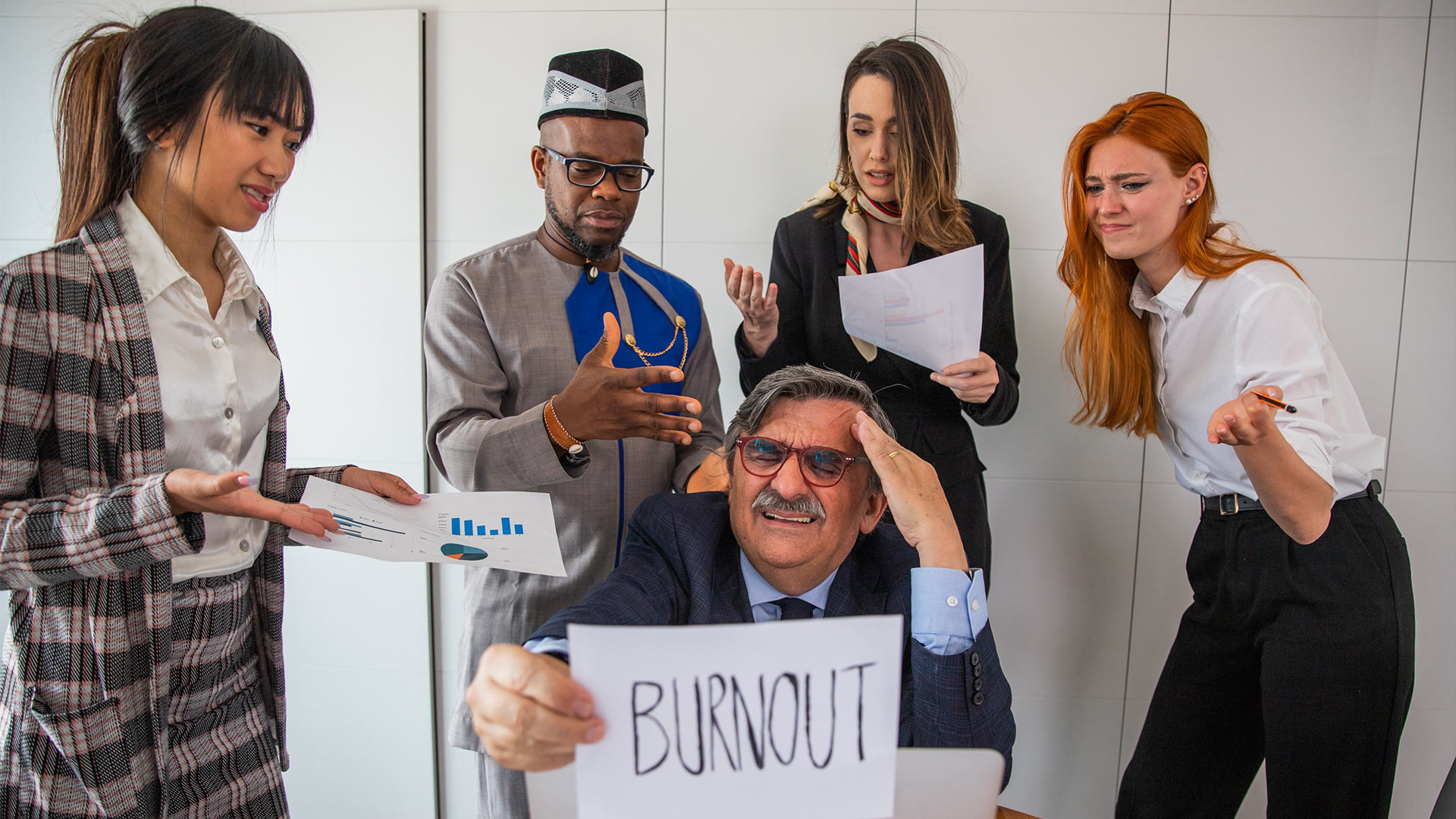What Recovery Really Looks Like After You’ve Hit the Wall
Some days you’ll feel amazing. Other days, not so much. You might backslide. You might question if you’re just lazy. But keep showing up for yourself. Gently. Consistently.

You know the feeling. You’ve pushed too hard, ignored the warning signs, and suddenly you’re running on fumes. Everything feels heavy. Even sending a simple email feels like climbing Everest.
Welcome to burnout’s final form: The Wall.
When you’re here, you don’t need a productivity hack. You need recovery. But real recovery isn’t a bubble bath and a podcast—it’s deeper, slower, and sometimes uncomfortable. Let’s break down what bouncing back actually looks like.
Step 1: Accept That You’re Burned Out
This might sound obvious, but many of us stay stuck because we don’t fully admit it.
We say things like:
- “I’m just tired this week.”
- “It’ll be better after this project.”
- “Other people have it worse.”
But recovery only starts when you stop minimizing your exhaustion and start treating it like what it is: a real issue that needs care.
Give yourself permission to rest without guilt. You’re not lazy. You’re human.
Step 2: Stop the Bleeding First
Before you can recharge, you need to stop what’s draining you.
This might mean:
- Saying no to new commitments (yes, even cool ones)
- Taking time off—even just a long weekend
- Hitting pause on side hustles or non-essential projects
- Logging off right at your work hours, no “just one more thing”
Think of it like a leaky bucket: you can’t fill it until you patch the holes.
Step 3: Get Boring On Purpose
Burnout recovery isn’t glamorous. It looks like:
- Going to bed early
- Drinking water before coffee
- Taking a real lunch break
- Walking outside without your phone
- Logging off without guilt
It’s slow, simple stuff. But that’s what your nervous system needs. You don’t need adrenaline—you need rhythm.
Step 4: Rebuild Basic Routines
You might’ve been operating in chaos for a while. So let’s gently reintroduce structure.
Start with:
- A consistent wake-up time
- One nourishing meal a day (minimum)
- 10–15 minutes of movement or fresh air
- A shut-down routine at night
You’re laying the groundwork. Don’t aim for 100% optimization. Aim for stability.
Step 5: Redefine “Productivity”
One of burnout’s side effects is tying your worth to output. Recovery means breaking up with that idea.
Try asking:
- “What would support me today?” instead of “What should I accomplish?”
- “What can I let go of?” instead of “What can I squeeze in?”
Some days, real productivity is:
- Saying no
- Delegating something
- Resting on purpose
- Doing one thing well and leaving the rest
Healing doesn’t follow a checklist. Let it be messy.
Step 6: Reflect Without Self-Blame
Once you’re no longer in crisis mode, reflect:
- What led me here?
- What did I ignore?
- What systems or boundaries failed me?
This isn’t about shame. It’s about clarity.
Were you:
- Saying yes to everything?
- Confusing busyness with value?
- Ignoring physical or emotional warning signs?
Knowing what broke helps you build something stronger next time.
Step 7: Re-enter With Boundaries
When you feel your energy coming back, don’t rush. Don’t sprint back to your old calendar. Re-entry needs boundaries.
Set rules like:
- No more than X meetings per day
- One deep work day a week
- Protected time for breaks, lunch, or quiet hours
- A max work hour limit per week
And here’s the kicker—stick to them even when you feel fine. Burnout hides in “I can handle it now.”
Step 8: Build Joy Back In
You’ve been surviving. Now it’s time to remember what makes you feel alive.
Schedule one thing per week that’s:
- Just for you
- Not productive
- Joyful, playful, or weirdly satisfying
That could be painting, baking, biking, building LEGO, reading trashy novels—whatever lights you up.
Joy is medicine. Don’t save it for “when everything’s done.”


